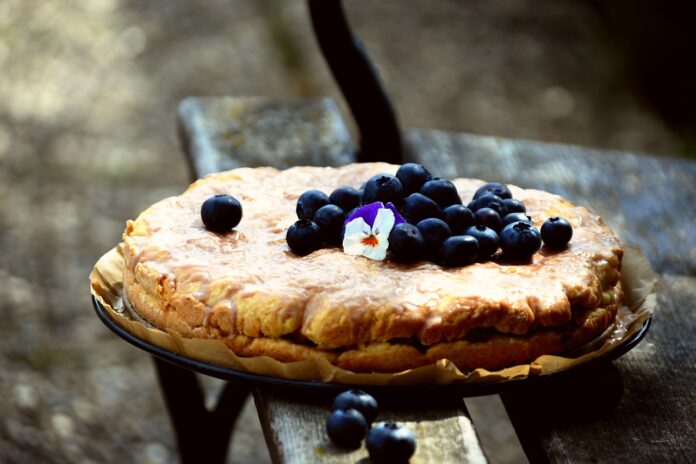By Chef Valerie Wilson
In Medieval England, the word pie (the savory version) was derived from the word magpie. The magpie is a bird known for collecting odds and ends in its nest. This reflected that people who ate pies were not picky about what they ate. These early pies had a varied and unique variety of meats and vegetables put into them. The phrases ‘eat crow’ and ‘four and twenty blackbirds’ are not just funny sayings; they were reflections of what these pies actually had in them. This is also why people use those decorative, ceramic black birds that sit on the pie and help to cook the pies.
Early sweet fruit pies were referred to as tarts, not pies. They were made smaller in a single serving size so they could be transported and eaten easily. They looked more like a turnover than a piece of pie. And most people would not enjoy this version because it was all fruit, no sugar. Sugar, back then, was so rare and expensive that it was saved for the elite and the rich. A fact that makes those ancient tarts healthier for us. When the colonists came over to America, they brought the recipe for tarts, but the translation got lost and started to be called pies. Our pies have undergone many changes throughout the centuries, but one thing is certain: our holiday dinners would not be the same without them.
Blueberries have been known to be excellent for your heart and brain, good for maintaining healthy blood pressure, great for your eyes, skin, and bones, and even help reduce the risk of cancer. They contain vitamins C, K, B6, K, Calcium, Iron, magnesium, phosphorus, folate, manganese, and copper.
Figs, especially dried ones, are rich in antioxidants thanks to their high polyphenol content. Research shows that figs’ polyphenol content is higher than red wine and green tea. Figs contain calcium, magnesium, iron, and zinc and are high in fiber.
Pears are a great source of soluble and insoluble fiber. The skin of pears, in particular, is a good source of antioxidant and anti-inflammatory compounds, including phenolic acids, flavonoids, and triterpenes. These phytonutrients help neutralize free radicals to prevent inflammation-inducing oxidative stress linked with cancer, cardiovascular disease, diabetes, Alzheimer’s, Parkinson’s, and certain eye diseases.
Mixed Berry and Pear Pie
Crust:
3 cups whole grain flour
1 tsp. cinnamon
pinch sea salt
1/2 cup olive oil
1/2 cup water
Filling:
2 pears (cut up) approx. 2 cups
2 cup blueberries
1 cup dried figs (chopped small)
1/2 cup brown rice syrup
3 T. arrowroot
1 T. lemon juice
1 tsp. cinnamon
1/4 tsp, nutmeg
pinch allspice
pinch sea salt
- Mix together the whole-grain flour, cinnamon, and sea salt. Add the olive oil and water and mix together until the dough comes together. You should have a firm dough that will hold its shape.
- Divide the dough into two equal pieces. Form them into round, flat discs. Wrap in plastic wrap and refrigerate for at least 60 minutes. To roll out the dough, it has to be cold.
- Roll out one of the round, flat pieces of dough in between two pieces of plastic wrap to fit into a pie pan. Place the dough into an oiled pie pan.
- To make the filling, put all the filling ingredients into a pan. Turn the heat on low, cover, and simmer until it starts to get hot.
- Stir once it is hot. Continue simmering until the filling starts to thicken. Turn off the heat.
- Pour the filling into the pie crust you rolled out.
- Roll out the other piece of dough the same way to create the top crust. Place the filling over the pie and filling.
- Poke a few holes in the top crust. Pinch the sides of the pie together to create the edge.
- Bake at 350 degrees for 45 minutes. Let cool before cutting and serving.











